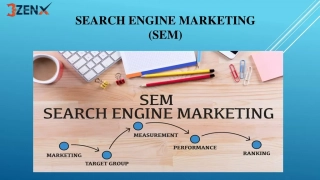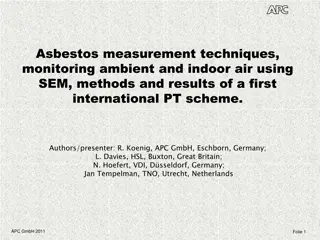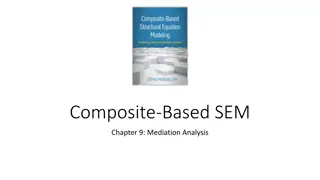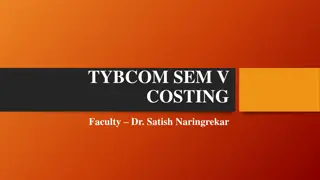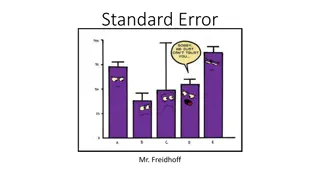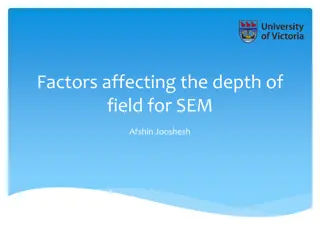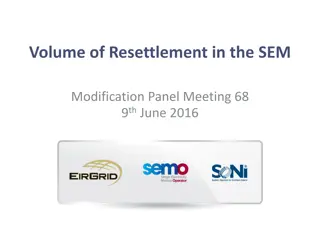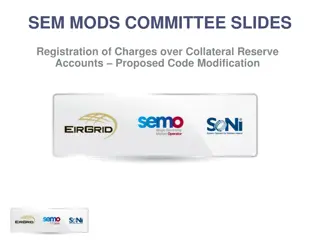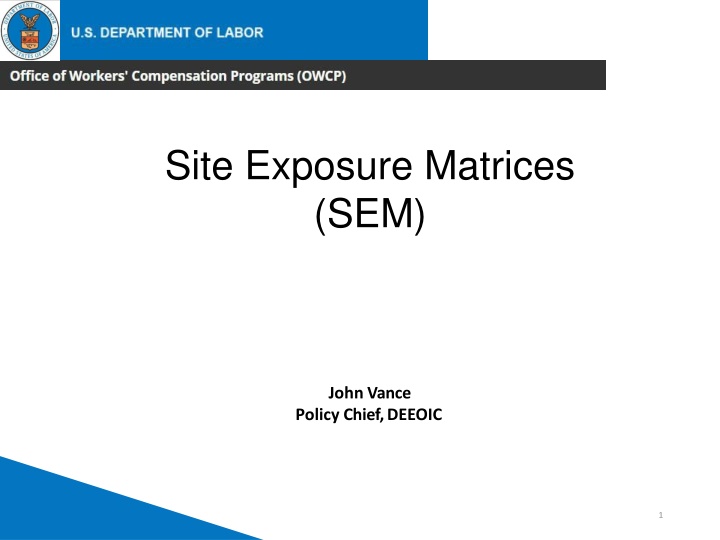
Site Exposure Matrices (SEM) for Toxic Substance Exposure
Explore the importance and usage of Site Exposure Matrices (SEM) as a reliable database for identifying toxic substances linked to workplace illnesses, aiding in compensation claims and establishing causal relationships between diseases and exposures.
Download Presentation

Please find below an Image/Link to download the presentation.
The content on the website is provided AS IS for your information and personal use only. It may not be sold, licensed, or shared on other websites without obtaining consent from the author. If you encounter any issues during the download, it is possible that the publisher has removed the file from their server.
You are allowed to download the files provided on this website for personal or commercial use, subject to the condition that they are used lawfully. All files are the property of their respective owners.
The content on the website is provided AS IS for your information and personal use only. It may not be sold, licensed, or shared on other websites without obtaining consent from the author.
E N D
Presentation Transcript
Site Exposure Matrices (SEM) John Vance Policy Chief,DEEOIC 1
What is the SEM? A searchable database of facility-specific inventories of toxic substances used during production of atomic weapons Informed by historical documentation describing operations occurring at facility updated frequently Relational search feature to identify potential toxic substances employees encountered during their work Filtering search criteria: Site HealthEffects Buildings Incidents Direct Disease Linked WorkProcess Labor Category Toxic Substance Work Process Area 2
Importance of SEM Source of reliable data on toxic substances (chemical & biological) linked to a claimed illness or work factor DOL developed and supported tool to help claimant receive compensation Publically for transparency and claimant engagement Assists in establishing the factual framework of an employee s likely toxic substance exposure profile in absence of specific industrial hygiene or monitoring data Used in collaboration with other case evidence collected during development including employment records, occupational history interview and other claimant submitted information Provides basis for profiling toxic substances that a physician needs to consider for establishing causal relationship (Link between disease and toxic substance exposure) 3
SEM Usage Practices Educate yourself From DEEOIC Main Web Page: Site Exposure Matrix SEM Training EEOICPA Procedure Manual Chapter 15 (Section 7, 8 & Exhibit 15- 04) Searches must reasonably connect unique features of claim information to SEM data filters Use different search criteria to make connections between employment factors and toxic substances Important SEM concepts Search Aliases Specific is better No temporal toxicdata Apply Secondary Filters Level of exposure not in SEM Illnesses scientifically linked to exposure are in SEM 4
SEM DEMO Search Example Relevant Employee Data: Worked at Savannah River Site in Georgia Describes his work as a welder from 1972 to 1992 Diagnosed with Chronic Obstructive Pulmonary Disease Occupational history interview describes the worker as having performed a variety of welding activities in different areas at the site, but spend a lot of time in a laboratory. 02/01/1988 medical incident report from Savanah River identifies the employee suffering a burn while welding metal parts in the 773 Lab. SEMfilters: Site: Savannah River Health Effect: Chronic Obstructive Pulmonary Disease Labor Category: Welder Building Location: 773 Lab 5
SEM Website www.sem.dol.gov 6

